Zamfara State, also known as Jihar Zamfara in the Hausa language, is one of the northwestern states in Nigeria that was extracted from Sokoto State. After many years of advocating for independence, Zamfara State was finally given autonomy during the Sanni Abacha–led military administration.
The capital city of Zamfara is Gusau, and its inhabitants are mainly Hausa and Fulani, with a population of over 9,278,873. Its borders are Katsina State to the east, the Republic of Niger to the north, Kaduna State to the south, and the states of Sokoto, Kebbi, and Niger to the west.
Other inhabitants of Zamfara State include Gwari, Kamuku, Kambari, Dukawa, Bussawa, and Zabarma, as well as the Igbo, Yoruba, Kanuri, Nupe, and Tiv ethnic groups.
In this piece, Naijabiography narrates the history and culture of Zamfara State, including its economic and political structure.
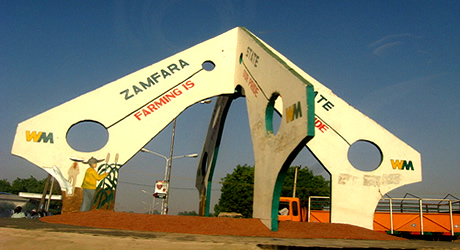
History
According to history, it was said that over the years, the Zamfara people have fought for autonomy- a chance to govern and manage their affairs and people, but it wasn’t until 1996 that the 38,418 square kilometres of Zamfara State were separated from Sokoto State by the then military regime of the late General Sani Abacha, under which Jibril Yakubu served as the first governor.
Therefore, the region that is now known as Zamfara State was once a state, together with Kano, Katsina, Gobir, Kabi, and Zazzau. Research reveals that giants and hunters were reported to have been Zamfara’s first residents. History also has it that they built their first village at Dutsi, the first capital of Zamfara.
However, the state also reaches the northwestern and southern bends of the rivers Rima and Ka, respectively. The Zamfara Kingdom was founded in the 11th century and thrived as a city-state until the 16th century. The kingdom’s fortunes have caused its capital to move around from place to place, including Dutsi and Birnin Zamfara.
The Gobir Kingdom demolished its previous capital, Birnin Zamfara, in the first part of the 18th century, and by the second half of the 19th century, Anka had become the new capital. Like the Yandoto metropolis, Zamfara had numerous commercial and academic hubs that drew a lot of scholars.
Thus, Zamfara joined the Sokoto Caliphate during Usman Dan Fodio’s jihad in 1804. In fact, Usman Danfodiyo made his home in Sabon Gari, where Sarkin Zamfara Abarshi had already built a garrison headquarters to serve as a base from which to fight Gobir and Kabi in the early days of his Jihad.
At the height of Usman Dan Fodio’s struggle in 1804, it merged with the Sokoto Caliphate. In reality, Usman Danfodiyo set up residence at Sabon Gari, where Sarkin Zamfara Abarshi had already erected a garrison headquarters to provide a base from which to combat Gobir and Kabi in the early stages of his Jihad.
Following British colonialism, the growing town of Gusau developed into a significant administrative and commercial hub with access to both road and rail networks. The Zamfara Kingdom joined the North West State at the time of the Gowon Administration’s state establishment and, afterwards, the Sokoto State.
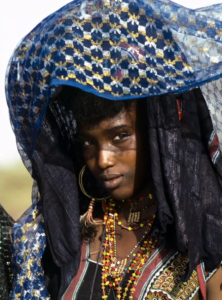
People and Culture
According to the 2006 population census in Zamfara State, the inhabitants of the state are estimated at about 9,278,873, comprising mainly of Hausa and Fulani people. Also, the Anka, Gummi, Bukkuyum, and Talata Mafara local governments are primarily where the Zamfarawa live.
Meanwhile, Shinkafi Local Government is inhabited by Gobirawa. Actually, Gobirawa originated in the Gobir Kingdom. Burmawa is located in Bakura, and Fulanis live sporadically throughout the state in Bungudu, Maradun, and Gusau.
The state capital is a significant commercial hub with a diverse population from all regions of Nigeria. Like all major towns in Nigeria, Zamfara is home to a sizable population of individuals from other regions of the country.
It is noteworthy to state that the official language of the Zamfara people is Hausa. However, English, French, Fulfulde, and Arabic are also widely used in Zamfara, while minority groups also speak Igbo and Yoruba.
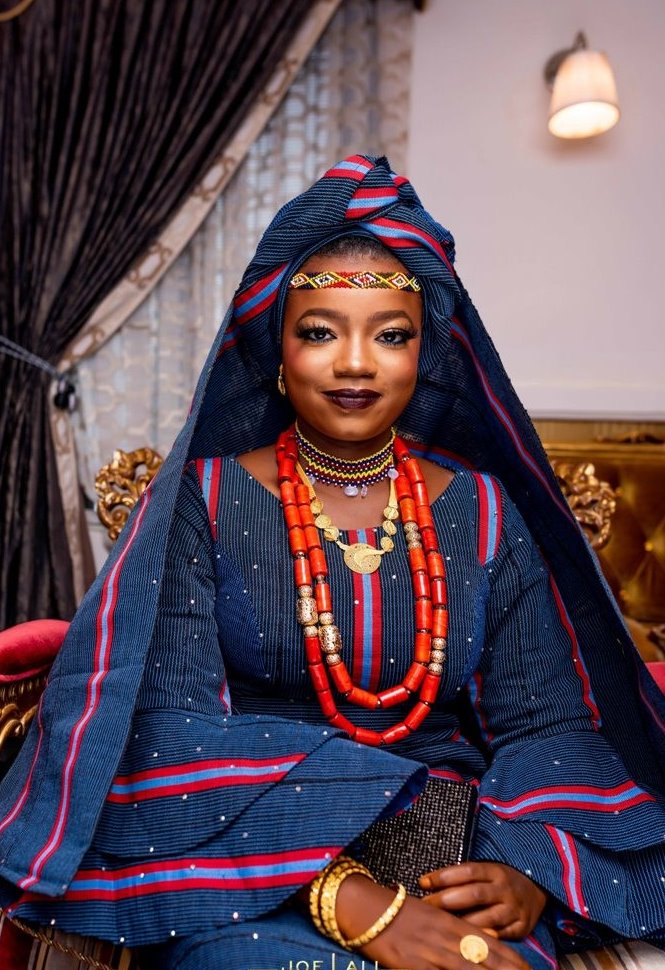
Religion
Just like in every other state in the northern parts of the country, Islam is the major religion of the Zamfara people. However, Christianity also exists, but there are not many Christians in the state. There are also some people who practice the native religion of their ancestors.
Meanwhile, history has it that Zamfara was the first state in Nigeria to introduce Sharia law during the tenure of Ahmad Sani Yerima, the former Governor of the state.
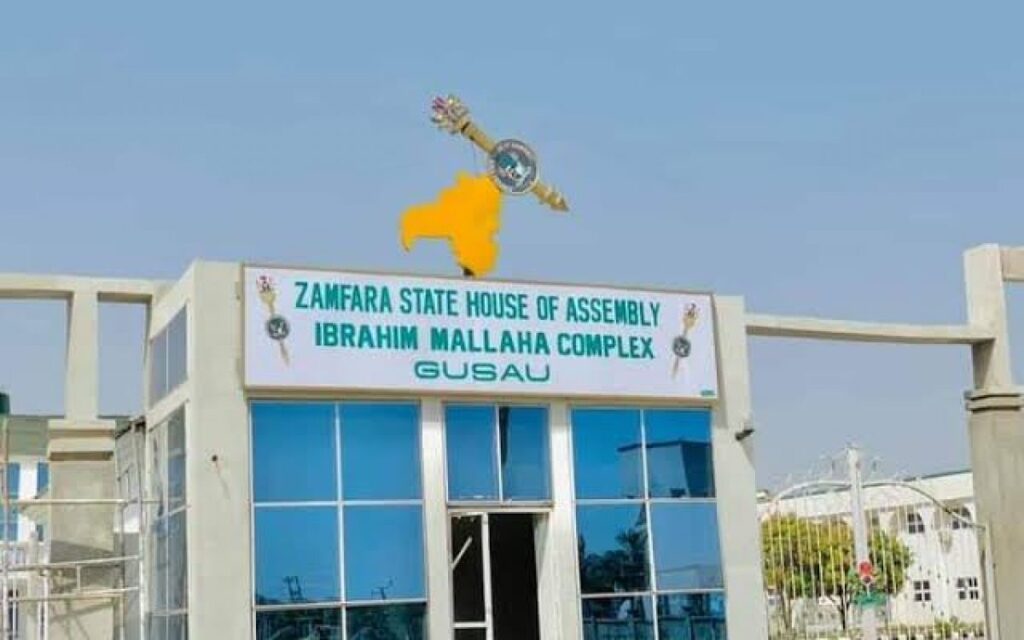
Economy
The main industries and economic drivers in the state are agriculture and gold mining. Because cereals and legumes need irrigation, the phrase “farming is our pride” was coined, and since then, the agricultural produce of the Zamfara people has been contributing to the economic growth of the state.
According to research, the majority of people (about 80%) work in the agricultural sector and are mostly subsistence farmers. Thus, millet, Guinea corn, maize, rice, groundnuts, cotton, tobacco, and beans are among the main products. Because agriculture gives young people in the state access to food, raw materials, and work possibilities, the state is noted for its farming industry.
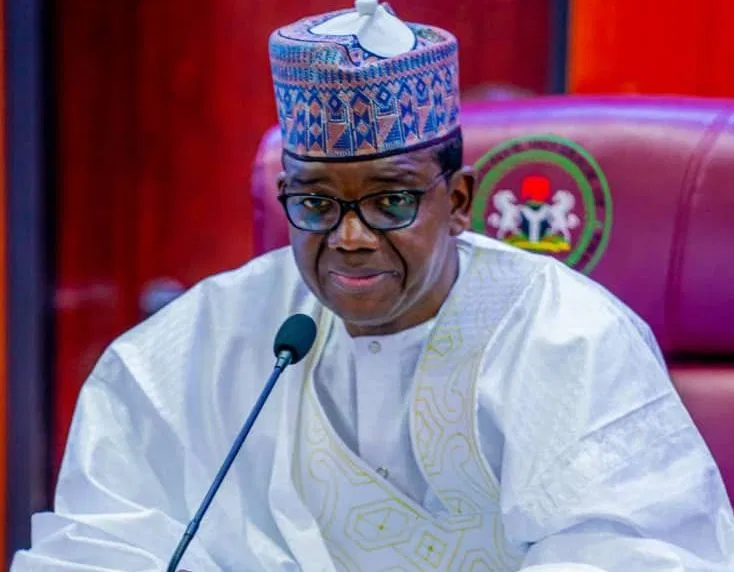
Political Structure
The current governor of Zamfara State is Bello Muhammad Matawalle, who has been in office since 2019 under the banner of the All Progressives Congress.
Furthermore, Zamfara State has fourteen local government areas. The local governments include Anka, Bakura, Birnin Magaji/Kiyaw, Bukkuyum, Bungudu, Chafe (Tsafe), Gummi, Gusau, and Kaura Namoda, among others.
Modern-Day Zamfara State
Due to the sharp increase in global gold prices in 2009, gold mining became a more significant source of income for Zamfara State. A lead poisoning outbreak in the state was caused by high lead concentrations in the ore from which gold was being extracted, necessitating national and international involvement to clean up impacted areas and treat children who had severe lead poisoning.
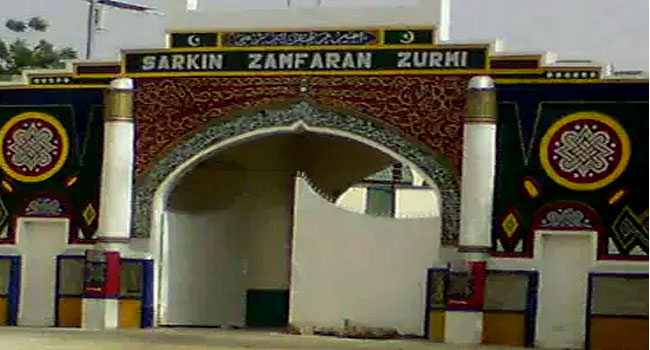
The Zamfara State is home to a variety of historical or religiously significant tourist destinations. These include Jata, a historic Zamfara town built around a hill with a sizable cave where local customs were carried out.
Zamfara State is also one of the northern states that invest in education. There are some tertiary institutions in the state such as Federal Polytechnic, Kaura-Namoda, Zamfara State University, Federal University Gusau, and Federal College of Education (Technical), Gusau, among others.
Furthermore, there are some prominent personalities in the society that were born and bred in the state. Some of these notable people include Aishatu Madawaki, Bello Matawalle, Abdul’aziz Abubakar Yari, and Ahmad Sani Yerima, among others.





